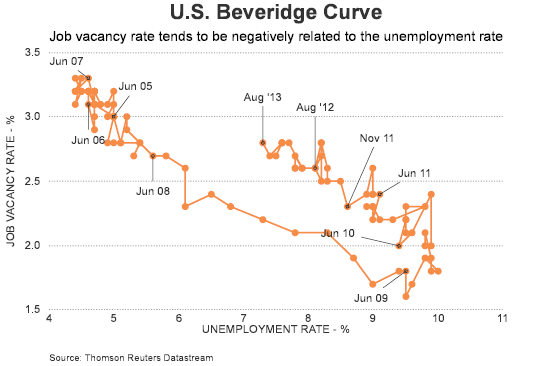An important task for investment managers and clients is to develop an investment policy statement (IPS) for the investment portfolios that are being managed. The IPS details guidelines specific to the client that outlines the client's goals and objectives. Some of the criteria of the IPS will detail the goals and objectives of the client along with liquidity needs. In the end the IPS will serve as a road-map for the investment manager in managing the client's portfolio as well as detail the specific asset allocation for the client's account(s). For the client then, the next step is evaluating the manager's investment results, not only against the criteria in the IPS, but also compared to relevant performance benchmarks. The question then becomes what are appropriate performance benchmarks.
Selection of an appropriate benchmark is not as clear cut as it may seem. In selecting a benchmark should the market benchmark be a capitalization weighted one or a price weighted one? Or should the benchmark really be tied to achieving specific return parameters that might be outlined in one's financial plan? Below I will discuss the difference between these various benchmarks with thoughts on the most appropriate one to use for evaluating an investment manager's performance.
Capitalization Weighted Benchmark: Probably the most common capitalization weighted benchmark is the S&P 500 Index. The holdings that comprise the index are weighted based on capitalization. This is determined by multiplying a company's stock price by the number of shares outstanding. As a consequence larger companies command a higher weighting within capitalization indexes.
Price Weighted Benchmark: In a price weighted benchmark the index companies are weighted based on a company's respective stock price. For example, a company with a stock price of $100 would have twice the weighting as a company with a stock price of $50. The disadvantage of price weighted indexes is a company's actual stock price does not have much to do with why a company with a larger share price has a larger weighting. Also, a company's stock price is influenced by the number of shares outstanding; thus shares outstanding heavily influence the stock's price and weighting. The Dow Jones Industrial Average is an example of a price weighted index.
Equal Weighted Benchmark: As the description indicates the company weightings in an equal weighted benchmark are equal. Smaller size companies will have the same weighting as larger companies. One negative of an equal weighted benchmark is the benchmark requires frequent rebalancing in order to maintain the equal weighting. If one's portfolio is attempting to mimic the equal weighted benchmark transaction cost and capital gain taxes will likely be higher. Also, the smaller companies in the index may actually be difficult to replicate in an actual portfolio due to liquidity constraints. Equal weighted benchmarks and ETFs have gained in popularity. One reason may be the fact smaller capitalization companies have outperformed larger cap companies over the last four and a half years.
Goals Based Benchmarks: The key component of a
goals based benchmark is the direct relationship to an investor's future goals and objectives. In constructing this type of benchmark the investor will need to define his or her future needs as it relates to asset levels and spending needs. Often times this is best accomplished by the investor developing a financial plan. Institutions, such as not for profit organizations, can benefit from goals based benchmarks as well. Equivalent to the financial plan is a longer term financial projection, say a 1, 3 and 5 year budget. The performance of one's investments will most likely deviate from the financial goals established in the plan. What is critically important is to attempt quantify these deviations or construct a portfolio that minimizes the downside deviations. It is becoming more wide spread that performance reporting incorporates some type of downside measurement. Morningstar reports include
upside and downside data in the reports they prepare on mutual funds and ETFs.
The benefit of goals based benchmarks seems clear, that is, one's portfolio construction is tied to achieving the targets laid out in the financial plan. Investors will likely not be happy if their manager says they beat the benchmark return by generating a negative 28% return when the benchmark is down 30% and now the client needs to adjust their lifestyle.
I believe goals based benchmarking is important. I do not believe it should be relied upon in a vacuum. If the equity market is up 30% and the investor's portfolio is up 10%, although this might achieve the goal targets in the financial plan, a discussion between the client and investment manager needs to center around why the large return difference. Is the difference the result of poor investment selections or a too conservative asset mix? In the end there needs to be a balance between the risk being taken in the investment portfolio as well as achieving the goals based returns. For clients that are withdrawing funds from their investment portfolio on a regular basis, downside risk management can be very important, vis-à-vis the percentage withdrawal rate.

















